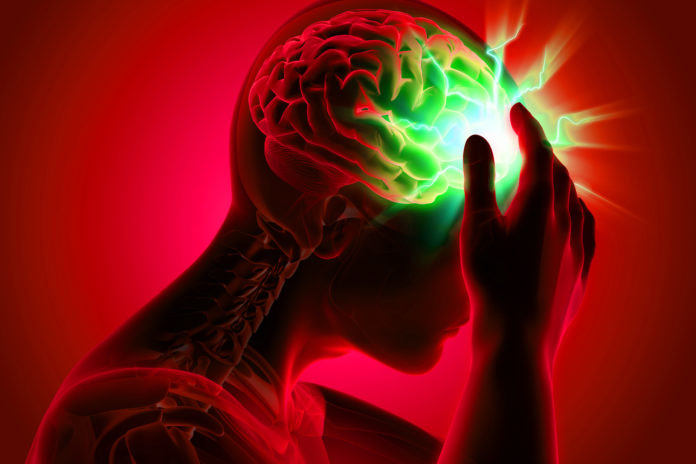Study warns that lowering cholesterol levels too much can increase the risk of stroke
Current guidelines recommend lowering cholesterol for heart disease risk reduction. New findings indicate that if cholesterol dips too low, it may boost the risk of hemorrhagic stroke, according to researchers.
Over a period of nine years, a Penn State-led study examined the relationship between low-density lipoprotein cholesterol – LDL, commonly known as “bad” cholesterol – and hemorrhagic stroke. This type of stroke occurs when a blood vessel bursts in the brain.
The researchers found that participants with LDL cholesterol levels below 70 mg/dL had a higher risk of hemorrhagic stroke.
“…participants who had LDL cholesterol levels between 70 and 99 mg/dL had a similar risk of hemorrhagic stroke. But, when LDL cholesterol levels dipped below 70 mg/dL, the risk of hemorrhagic stroke increased significantly”
Xiang Gao, associate professor of nutritional sciences and director of the Nutritional Epidemiology Lab at Penn State, said the results – published today (date) in Neurology – may help refine and personalize recommendations for ideal target cholesterol levels.
“As is true with many things in nutrition, moderation and balance is key when deciding the optimal target level of LDL cholesterol,” Gao said. “You can’t go to either extreme – too high or too low. And if you’re at a high risk for hemorrhagic stroke due to family history or risk factors like high blood pressure and heavy alcohol drinking, you may want to be extra careful about LDL cholesterol levels.”
According to the researchers, low LDL cholesterol is recommended as a way to reduce the risk of a heart attack or ischemic stroke – the latter when a blood vessel in the brain becomes blocked by a clot. But previous research has suggested a link between very low LDL cholesterol levels and hemorrhagic stroke.
Chaoran Ma, a nutritional sciences graduate student at Penn State, said that while previous studies suggested this connection, there was a need for additional validation in a separate cohort.
“For our study, we wanted to expand the scope of knowledge in this area by investigating the issue prospectively in a large cohort with multiple LDL cholesterol measurements to capture variation over time,” Ma said.
The study included 96,043 participants with no history of stroke, heart attack or cancer when the study began. LDL cholesterol levels were measured when the study began and yearly thereafter for nine years. Reported incidents of hemorrhagic stroke were confirmed by medical records.
The researchers found that participants who had LDL cholesterol levels between 70 and 99 mg/dL had a similar risk of hemorrhagic stroke. But, when LDL cholesterol levels dipped below 70 mg/dL, the risk of hemorrhagic stroke increased significantly. For example, the risk increased by 169 percent for participants with LDL levels less than 50mg/dL relative to those with LDL levels between 70 and 99 mg/dL. These findings were consistent after controlling for age, sex, blood pressure and medication.
“Traditionally, an LDL cholesterol level of more than 100 mg/dL had been considered as optimal for the general population and lower in individuals at elevated risk of heart disease,” Gao said. “We observed that the risk of hemorrhagic stroke increased in individuals with LDL cholesterol levels below 70 mg/dL. This observation, if confirmed, has important implications for treatment targets.”
Ma said the findings may be able to help health care professionals continue to refine guidelines.
“The results were based on a large community-based study, which is an advantage because it focused on healthy people in a non-clinical setting,” Ma said.


